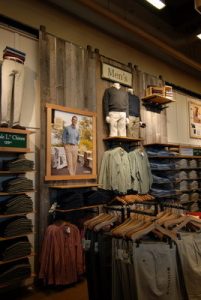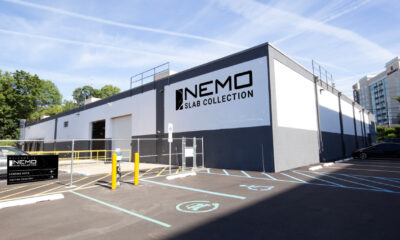Problem To help L.L.Bean’s new store be as green as possible, designers at Bergmeyer wanted the fixtures to be made out of reclaimed and recycled wood. But that material often contains nails and other impurities.
Solution Bigger may not always be better. A small, local manufacturer that works exclusively in reclaimed materials was able to fabricate the fixtures.
Green may be red-hot these days, but L.L.Bean says environmental consciousness has been part of its DNA since Leon Leonwood Bean founded the Freeport, Maine, company in 1912, selling outdoor gear and apparel.
That eco-friendly ethos extends to the chain of stores the company has been opening in recent years. For its latest prototype, L.L.Bean asked designers at Boston-based Bergmeyer Associates Inc. to create a store that meets (and, if possible, exceeds) the sustainability standards needed to be certified by the U.S. Green Building Council’s Leadership in Energy and Environmental Design (LEED) program for commercial buildings.
To accomplish that goal, designers incorporated a variety of energy-efficient systems and structural features into the Mansfield, Mass., store, including: low-flow toilets; large windows that allow daylighting; recycled and rubber flooring; and recycled or reclaimed materials in the store’s floor fixtures, cabinetry and cashwraps.
“The use of reclaimed barn board, bead board and pickle-barrel slats in the store’s fixturing allowed us to repurpose material that would otherwise need to be disposed of,” notes Joe Nevin, Bergmeyer’s senior principal.
But finding a fixture manufacturer capable of incorporating reclaimed wood proved to be challenging because such wood can’t be run through the automated machines that most major fixture manufacturers have in their plants. It would have to be done by hand. So a small, regional shop – Utopia Designs Inc. in Gorham, Maine – got the job.
“I call Utopia ‘the little shop that could,’ ” says Nevin, who heard about the company through word-of-mouth. “The company’s facility is only 40,000 square feet, but Utopia specializes in working in reclaimed wood.”
Ty Parr, Utopia’s president and lead designer, says the 60 workers at his five-year-old firm remove nails and other impurities by hand, then manually plane and sand the reclaimed wood to preserve its patina. “Our goal is to expose the inner beauty that age has imparted on the wood,” Parr explains. “You can’t do that by just mashing it through a machine.”
Aged wood also lacks structural integrity, “which forces you to completely rethink how to join the pieces, including the use of custom internal framing structures and fasteners,” says Parr. “But we’d honed our joining techniques by trial-and-error over the years.”
In addition, Utopia is just 150 miles from the Mansfield store, which reduced the environmental impact of transporting its fixtures to the site.
Thanks to the use of reclaimed wood in its fixtures, along with all the other sustainable features incorporated into its design, Bergmeyer is seeking LEED silver certification for the L.L.Bean prototype. Leon Leonwood would approve.

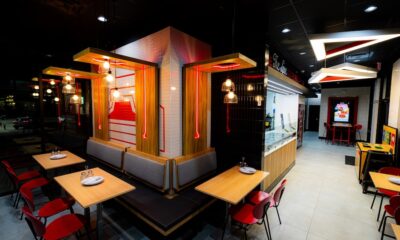
 Headlines1 week ago
Headlines1 week ago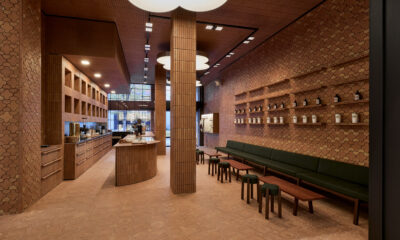
 John Ryan2 weeks ago
John Ryan2 weeks ago
 Headlines7 days ago
Headlines7 days ago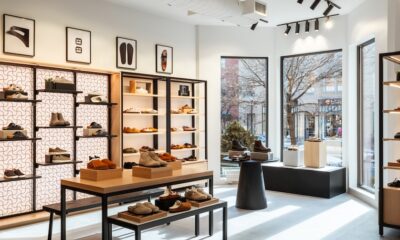
 Headlines2 weeks ago
Headlines2 weeks ago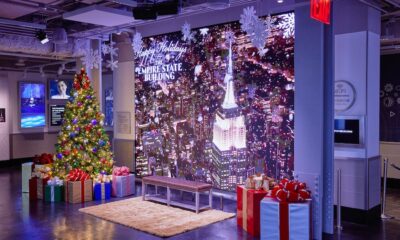
 Headlines1 week ago
Headlines1 week ago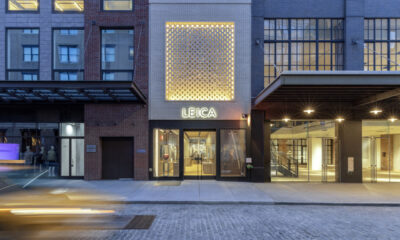
 Retail Buzz3 days ago
Retail Buzz3 days ago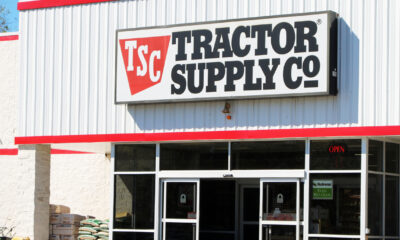
 Headlines1 week ago
Headlines1 week ago
 Headlines1 week ago
Headlines1 week ago


